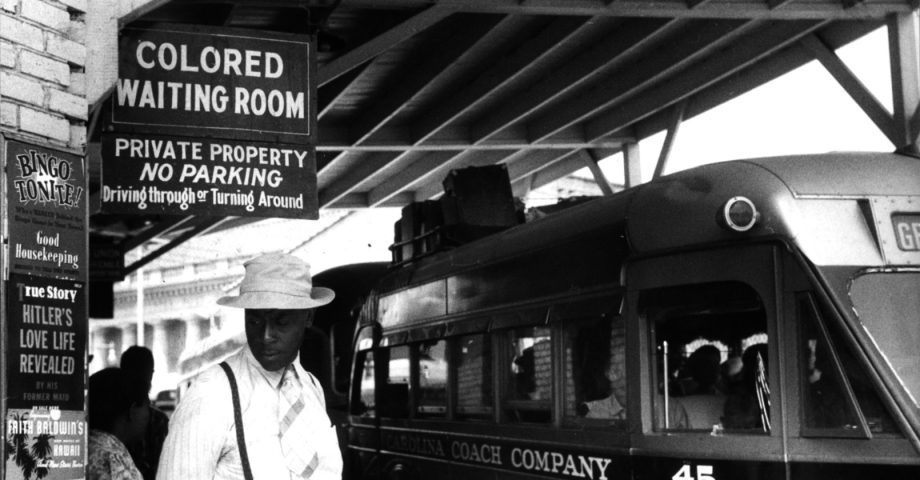10 Important Facts about the Jim Crow Laws
For all that there are still societal struggles, we can still safely say we’ve all come a long way in a relatively short space of time. The Jim Crow laws were, regrettably, in place during a time of intense racial insensitivity – yet, regrettably, racial insensitivity and discrimination continues to ravage society to this day. It’s worth looking back at the segregation laws of the past so that we can all continue to build towards a more inclusive future. Here are some important facts about the Jim Crow laws you’ll want to remember.
1. Why were they called the Jim Crow laws?
The name of the laws came from a 19th-century minstrel show character that depicted a stereotypical African American. The laws themselves were named after this character – which, as you might expect, sets a rather insensitive tone. The laws came into effect towards the late 19th century in the southern states of the US.
2. They were all about segregation.
If there’s one thing you might know about Jim Crow laws, it’s probably that they were about enforcing racial segregation in the US. They encouraged racial segregation in public facilities such as schools, transportation, restaurants, restrooms, and even housing! These laws mandated separate facilities for white and black individuals, keeping them strictly apart from one another.
3. What was the case of Plessy v. Ferguson?
The legal basis for Jim Crow laws was established in the 1896 Supreme Court case Plessy v. Ferguson. The court’s ruling stated that “separate but equal” facilities were constitutional as long as they were provided to both races.

4. Human rights were immensely limited.
One of the most devastating aspects to Jim Crow laws was that African American people faced numerous restrictions. They were denied the right to vote through measures such as poll taxes, literacy tests, and intimidation tactics.
5. Education was inaccessible to black people.
Under Jim Crow, even education was limited. Educational facilities were segregated, with inferior resources allocated to schools for African American students. This perpetuated the inequality in opportunities for black children.
6. Black people were forced to travel in segregated patterns.
Believe it or not, transportation was also impacted by Jim Crow laws! Jim Crow laws enforced segregation on buses, trains, and streetcars. Black individuals were required to sit in separate sections, often in the back or designated “colored” areas.
7. Things soon got violent.
The laws weren’t all that enforced segregation at that time. In fact, violence and intimidation tactics were commonly employed to enforce racial segregation and maintain white supremacy. Lynchings, harassment, and threats were widespread during this period.
8. People rose up.
As bad as things got, many African Americans and their allies fought against Jim Crow laws through civil rights activism and legal challenges. Their efforts eventually led to significant victories in the civil rights movement – in the hope of building toward a more inclusive society.

9. What was Brown vs. The Board of Education?
One of the most important moments of the Jim Crow timeline was the landmark 1954 Supreme Court case of Brown v. Board of Education. They eventually overturned the “separate but equal” doctrine, ruling that segregation in public schools was unconstitutional.
10. The Civil Rights Act of 1964 changed everything.
Eventually, the Civil Rights Act of 1964 came around. It effectively dismantled Jim Crow laws by prohibiting segregation in public places and banning racial discrimination in employment, education, and voting. However, many maintain that to this day, significant changes in the country need to be made to help deal with the effects of long-term racism.

FAQs about the Jim Crow Laws
When were Jim Crow laws used?
The so-called Jim Crow laws were widely used in the South of the US between the 1870s and the mid-20th century.
Do Jim Crow laws still have an effect today?
Although Jim Crow laws were eventually abolished, many do state that their effects are still ongoing. In fact, there are still examples of common racism in the US, which have been the cause of severe division between people in recent times. There’s a reason, for example, why the Black Lives Matter movement has gained significant traction in recent years, particularly following the murder of George Floyd.
How can I learn more about the effects of Jim Crow Laws?
The best way to learn more about Jim Crow laws is to dive deep into the history of southern US states – it’s a lamentable period of history that, thankfully, is still documented enough for us to learn from.
Further reading:
https://factcity.com/tag/racism
https://www.crf-usa.org/black-history-month/a-brief-history-of-jim-crow
https://americanhistory.si.edu/brown/history/1-segregated/jim-crow.html
Do you know any fun facts about the Jim Crow Laws? Share them in the comments below!
This page was last modified on July 26, 2023. Suggest an edit









